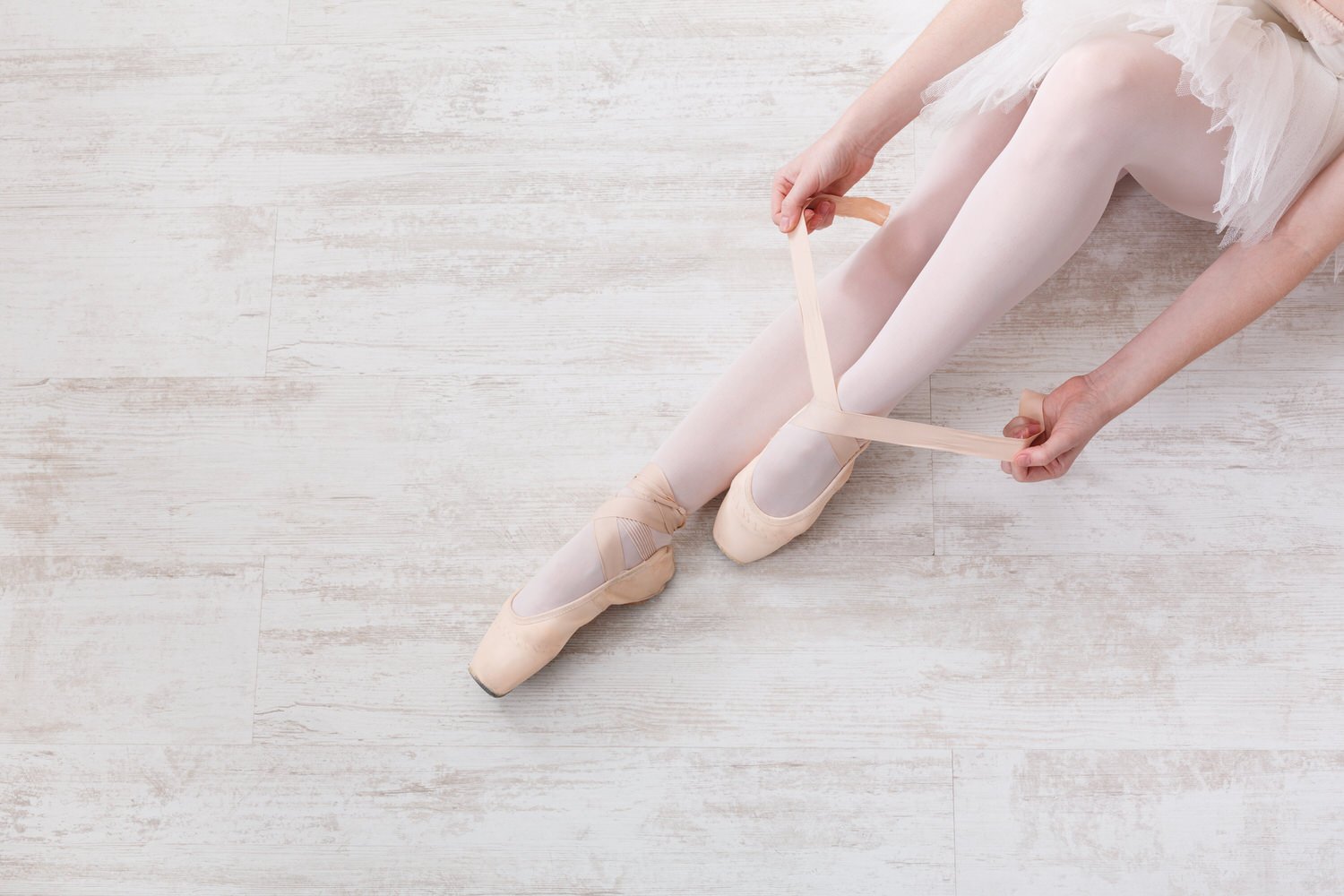
Pointe Dance Classes
Unravel the intricacies and allure of Pointe Dance Classes. Whether a novice or a seasoned dancer, discover the transformative power of ballet.
Introduction
For many, the ballet world remains enigmatic, a realm where ethereal figures float across stages in perfect harmony. Central to this graceful dance form is pointe ballet. But what exactly are Pointe Dance Classes, and why are they so sought after? Buckle up, dear reader, for a twirl around the world of pointe ballet!
Pointe Dance Classes: A First Step into Ballet's Elite
At its core, pointe ballet involves dancing on the tips of one's toes, with the help of specially designed shoes. It's the epitome of ballet – elegant, challenging, and deeply traditional. Taking up Pointe Dance Classes is often seen as a rite of passage for ballet students, signaling a transition to advanced training.
Historical Glimpse: The Evolution of Pointe
Origin Stories: Ballet's roots can be traced back to the Renaissance courts of Italy. However, it wasn't until the 19th century that dancers began to experiment with pointe work, seeking to appear weightless and otherworldly.
Iconic Dancers: Anna Pavlova, a Russian ballerina, is often credited with popularizing pointe. Her light frame and the modifications she made to her shoes allowed her to soar on stage, creating the illusion of floating.
The Anatomy of a Pointe Shoe
While they might look dainty, pointe shoes are marvels of engineering, designed to support the dancer's entire body weight on a tiny platform.
Toe Box: The rigid front part that encases and supports the toes.
Shank: A piece of material that provides support to the arch.
Vamp: The shoe's top portion, which covers the foot's top.
Platform: The flat front where dancers balance.
Physical and Mental Benefits of Pointe Balle
Taking up Pointe Dance Classes isn't just about learning to dance on your toes. It offers numerous health and psychological benefits:
Strength and Stamina: Pointe work engages the core, calves, and foot muscles.
Flexibility: Regular practice can increase joint and muscle flexibility.
Discipline and Focus: Ballet requires unwavering concentration.
Self-expression: Ballet offers a unique platform for emotional and artistic expression.
Preparing for Pointe: It's More Than Just Dance
Before diving headfirst into pointe, one must ensure they're physically prepared.
Pre-pointe Exercises: Strengthening exercises targeting the ankles, feet, and core are crucial.
Age Considerations: Generally, it's recommended that students be at least 11 years old.
Bone Development: Young dancers' bones are still developing, making them more susceptible to injury.
The Cultural Impact of Pointe Balle
Ballet, and especially pointe, has deeply influenced various aspects of culture.
Fashion: The tutu, ballet slippers, and even pointe shoes have made their way into mainstream fashion.
Cinema: Films like "Black Swan" highlight the grit behind the glamour of ballet.
Music: Ballet scores, such as Tchaikovsky's "Swan Lake," have become iconic.
Incorporating Pointe into Contemporary Dance
Modern choreographers often infuse contemporary dance with pointe techniques, creating a fusion of traditional and modern styles.
FAQs
Why do ballerinas dance on pointe?
Dancing on pointe creates an ethereal illusion, making dancers appear as if they're floating—a key aspect of ballet's allure.
How long does it take to master pointe?
While individual experiences vary, typically, after a year or two of consistent training, a dancer becomes comfortable with basic pointe work.
Is dancing on pointe painful?
Initially, it can be uncomfortable as dancers develop strength and technique. However, with proper training and well-fitted shoes, the discomfort decreases.
Can adults learn pointe?
Absolutely! While starting young has its advantages, adults with a strong ballet foundation can transition to pointe.
What's the lifespan of a pointe shoe?
A professional ballerina can wear out a pair in a single performance. However, for students, they might last weeks or months, depending on usage.
How do you care for pointe shoes?
Allow them to air out after each use. Rotate between multiple pairs if possible and avoid getting them wet.
Conclusion
The world of Pointe Dance Classes is intricate, demanding, yet immensely rewarding. A dance form steeped in tradition, it promises physical strength, emotional expression, and a deep connection to an art form that has enraptured audiences for centuries. Whether you're considering donning those pointe shoes or merely appreciating ballet's beauty, there's no denying its transformative power.
Check out additional dance classes like Pointe Dance, Acrobatic Classes, Tumbling Classes, Contemporary Dance, Adult Dance Classes, Jazz Dance Classes, Tap Dance, Hip Hop Classes, Ballet Classes, and Kids Dance Classes.
